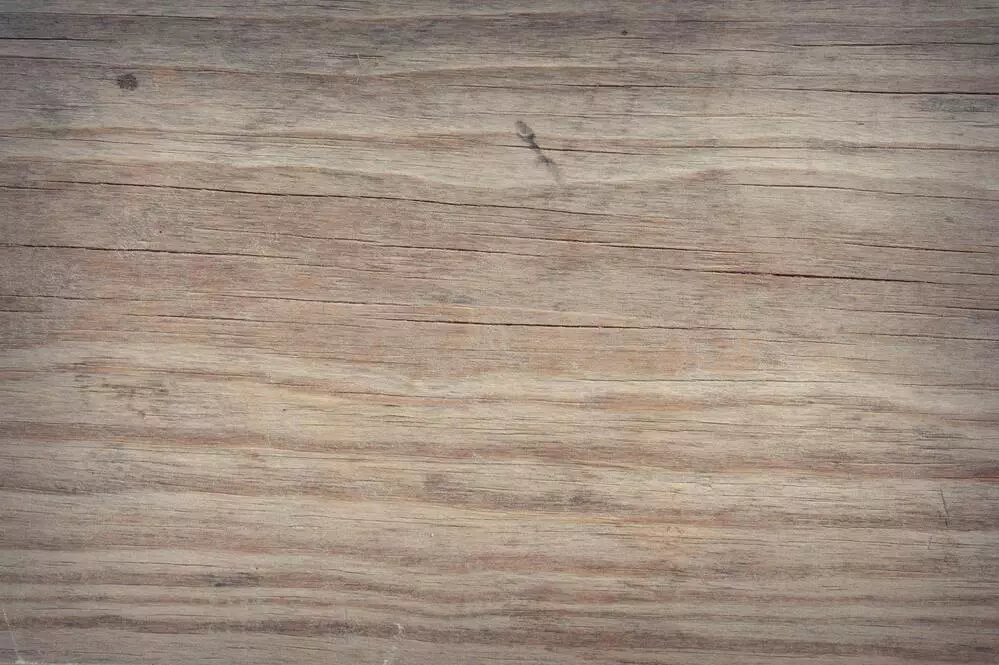When your beloved wooden dining table, chair, or cabinet finally loses its spark, purpose, and place in your home, it can indeed be bittersweet. But before that piece is discarded, recycling it into a more sustainable lifestyle can give it more purpose in your home.
Not only does wooden furniture recycling help reduce waste, but it also conserves natural resources, curbs deforestation, and minimizes carbon footprint. Whether it’s a well-loved chair, a worn-out table, or a cherished bookshelf, a world of possibilities is waiting to be explored. Recycling wooden furniture isn’t just about being eco-friendly; it’s about crafting a story, a piece of art, and maintaining a piece of history.
Let’s explore wooden furniture recycling methods, understanding the process, benefits, and how you can make responsible choices in your home decor.
Why Choose Wooden Furniture Recycling?

Wooden furniture is durable and timeless by nature and, when cared for, can last generations. However, tastes change, damage happens, and sometimes pieces no longer fit our spaces or lives. Here’s where recycling, upcycling, or repurposing can breathe new life into old wood, ensuring that these durable materials don’t end up in landfills. Here are some benefits of recycling our wooden furniture:
- Reduces Waste: Recycling wooden furniture keeps it out of landfills, which are already overburdened.
- Conserves Resources: It saves on the resources needed to create new pieces, including wood, energy in production, and water.
- Cuts Down on Emissions: Minimizes the carbon footprint associated with manufacturing new furniture.
- Unique Decor: Repurposed pieces often come with a unique charm and history.
- Cost-Effective: It can be more budget-friendly than purchasing new, especially if you’re doing the work yourself.
- Skill Development: It offers an opportunity to develop or hone woodworking and creative skills.
Effective Ways To Dispose Of Old Furniture
When it’s time to say goodbye to that beloved but bulky couch or chair, making the eco-friendly choice matters. Before you curb your old furniture, consider the impactful alternatives: recycle, reuse, and dispose of it responsibly. Here’s how to do just that without leaving a heavy footprint on our planet.
Recycling: A Circle Of Life For Your Furniture
The mantra ‘recycle, recycle, recycle’ isn’t just catchy; it’s crucial. Recycling furniture breathes new life into old pieces, diverting them from the dreaded landfill and mitigating hazardous environmental consequences. Whether it’s a recyclable wooden frame or fabric that can find a second life, recycling centers offer a pivotal service. Start your journey on online stores for local recycling options that save your furniture from becoming another environmental statistic.
Reusability: Let Your Old Become Someone’s New
Before you dispose of your couch, think of reuse. A staggering amount of bulky furniture ends in landfills each year, but your well-loved pieces could find a new home. Platforms like Toptotiles help recycle furniture and connect you with others looking to give your items a second chance. This method isn’t just eco-friendly—it’s a community builder.
How To Recycle Wooden Furniture

Recycling wooden furniture prevents wasteful disposal and contributes to the conservation of resources, the reduction of carbon emissions, and the fostering of a more sustainable future. Follow this guide to recycle your old furniture successfully:
1. Assessment And Planning: Start by assessing the piece you want to recycle. Consider its structure, condition, and potential. Plan your project and decide if you’ll refinish, repurpose, or completely transform the piece.
2. Preparation: Clean the furniture thoroughly. Sand down the piece to remove the old finish, paint, or varnish. This step is crucial for refinishing projects to ensure the new finish applies smoothly.
3. Repairs: Fix any issues with the furniture, such as loose joints or broken parts. This might require glue, nails, or replacement wood.
4. Refinishing Or Repurposing: Choose a finish that matches your desired look and the piece’s use. Options include stains, oils, or paints. Get creative. An old dresser could become a kitchen island, or a door could turn into a headboard. The only limit is your imagination.
5. Maintenance: Proper maintenance can extend the life of your recycled piece. Regular cleaning and occasional touch-ups can keep it looking great for years.
How To Reuse And Repurpose Wooden Furniture

Reusing and repurposing old furniture is the art of embracing sustainability. It’s about finding avenues beyond the recycling center or junk removal service to give your beloved items a new purpose. Here’s how to upcycle with flair and navigate wood furniture recycling like a pro.
- Find A New Function For Old Furniture
The first commandment in the art of repurposing is ‘Find a way to reuse’. Your old furniture can serve a new role in your home or office. A vintage ladder can transform into a charming bookshelf, and an aged wooden chest may morph into a rustic coffee table. The key is to engage your creativity and redefine the purpose of your wood furniture items.
- Upcycle Cushions And Fabric
Don’t overlook the cushions of your old couch. From floor pillows to pet beds, finding a way to reuse these items can introduce a cozy addition to any space. If the fabric is in good condition, it might also find a second life covering a chair or stool.
- Get Creative With Scrap Wood
Old wood furniture, especially untreated wood, can become a treasure trove of craft materials. From picture frames to coasters, a little creativity goes a long way in recycling old fragments into handy household goods.
- Get Professional
If all else fails or the project seems daunting, consider an eco-friendly furniture removal service. A number of furniture pick-up companies specialize in reusing and repurposing. They’ll dispose of your old furniture responsibly, ensuring that it doesn’t end up in a landfill.
Where To Find Wooden Furniture To Recycle
- Thrift Stores and Garage Sales: These are gold mines where pieces can be found to recycle.
- Curb Alerts and Online Marketplaces: People often give away furniture for free when they’re moving or renovating.
- Your Own Home: Sometimes, the perfect piece of recycling is one you already own but haven’t seen the potential in yet.
Eco-Friendly Alternatives To Landfills: Recycling The Old, Embracing The New

Don’t let your old wooden furniture become just another statistic in the landfill saga. Consider lesser-known, eco-friendly alternatives that transform what was once headed for the dump into something dynamic.
Those bulky items can be broken down into wood chips and recycled into particleboard or garden mulch, providing an innovative and sustainable solution. It’s a way for wood to keep giving long after it has left your living room.
Choosing less-expensive particleboard and chipboard furniture may have an unexpected upside for eco-warriors. These materials can be easier to recycle, aligning with eco-friendly endeavors and promoting a circular economy for furniture items.
Choosing to recycle wooden furniture is a responsible, eco-friendly decision that can significantly impact our planet. It’s an approach that embraces sustainability, creativity, and practicality.
By reusing, repurposing, and choosing recyclable materials, we show respect to the pieces that have served us and the environment that sustains us. So, let’s recycle furniture with purpose, dispose of it judiciously, and approach the curb with a plan.
Together, we can ensure our beloved couch doesn’t end its days in a landfill but instead becomes part of the myriad eco-friendly cycles that renew our world.

0 Comments